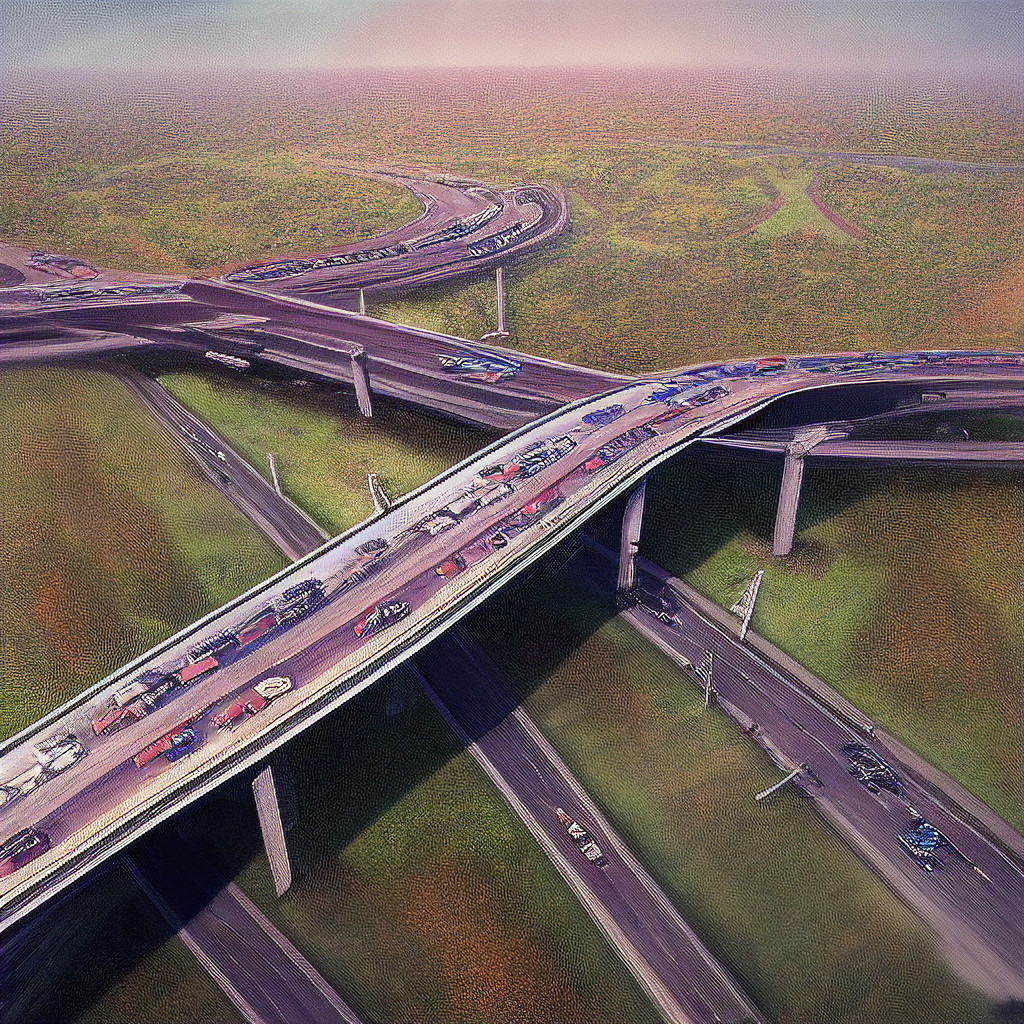I’ts now been seven years since I joined, and a year since I moved from what is now Industry Solutions to Azure for Operators.

The world has changed a lot, though. War and recession have been taking a toll on business as customers wrangle with the overall situation and that, coupled with Microsoft’s penchant for sweeping reorganizations, has been foremost on my mind.
Work Life
Although I do have a ringside seat to a lot of the above, my current role is a fair bit removed from most of the excitement.

I was again promoted by close of fiscal, and am now more concerned with how we address customers from an internal process perspective – as we build out new products, we need to take into account not just how they are designed and taken to market, but also how solutions are delivered on top, and that means a lot of discussion about features, tooling and “packaging” of pieces of tech that are still in flux.
If you were curious about what principal architects do in insanely large technology companies… We manage stuff1. We provide advice, set procedures, step into projects to give direction and make them focus on outcomes. A posh way of saying this is that we create clarity on what is being done, how it should evolve and where it should lead2.
If it involves people, we defer to people managers. But it is all about herding cats at scale one way or the other.
The Landscape
I’ve said this time and again, but here goes: The 5G hype is incredibly reminiscent of the 3G hype, except that now it has to prove itself in real life.

3G was a much needed replacement for antiquated and duct-taped 2.5G networking and mobile data, whereas 5G, regardless of promises around bandwidth and rainbow-farting unicorns, is mostly about relentless, cloud-grade back-end modernization.
Gone are the stacks of proprietary core equipment that only bothered to expose standard interfaces (because it had to). Modern telco cores are all about fully virtualized (I hate the term “software-defined”) solutions that boil down to Kubernetes atop bare metal (or, if you’re doing things sanely, in a cloud-scale hypervisor of some sort, together with a coherent management layer).
So modern “network functions” are just containers, and although there is still a struggle going on where it regards transitioning from OpenStack VMs with fine control over features like SR-IOV, the whole discussion has been moving quickly towards what kind of actual applications (i.e., business solutions) can take advantage of this newfound openness in 5G networks.
Anyone who’s been doing Internet services, cloud-native SaaS or, well, just about anything of interest in back-end development over the past decade immediately gets how this works. Comparing this to, say, banking, it’s almost as profound a change as moving mainframes to microservices, and it’s starting to transform telcos – at least the ones that “get it”.
Motivation
So from that perspective, 5G is actually an interesting field to be in, if you ignore the hype and focus on the tech. And for me, at least, I find that the real annoyance is dealing with a constant state of flux in terms of product, procedures and focus.

I would summarize it as “interesting times” on occasion. I might be overthinking things here, but I would love to be upstream of it (back in product engineering), or working on a single long-term project where I could do a little more technical work than just issuing proclamations and defining guard rails, but I’ve also been told I should move back into management permanently and leverage what is now almost 30 years of expertise.
But given that I actually enjoy building actual working solutions, transitioning from “someone who does” into “someone who knows” never struck me as a career goal. So yeah, I’m still trying to find a mission of sorts.
Alternatives
Right now I’m pretty much OK with where I’m at, at least until Microsoft decides to do a re-org that I don’t fancy.

Like last year, I’ve had a few interesting conversations and the job market is still booming, but given that only one out of every fifty recruiters is actually worth talking to, I actually decided to stop paying for LinkedIn Premium a few months back.
Paradoxically, since then the number of people reaching out via LinkedIn (rather than my portfolio) has… trebled.
Personal Life
There are saving graces, though. My work schedule used to be all over the place and is now only slightly less chaotic – I work mostly on US time, which means I sometimes have a couple of hours in the mornings for personal stuff, at the expense of occasional late night calls.

Saner people would go out and exercise, but somehow I just keep getting stuck fiddling with my own machines, doing some ad-hoc advisory or puttering around the house putting things away–something I have yet to find the willpower to change.
The flip side is that even though it is now theoretically “safe” to go out again and have lunch with people in actual restaurants, my schedule mostly tramples all over that (and afternoon school runs).
Maybe brunches will come back in fashion.